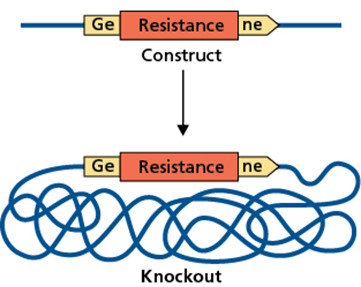Bacterial Genetics and Genomics book Discussion Topic: Chapter 4, question 14 The specificity of antibody binding has been exploited for many years in a variety of technologies. Although perhaps less famous, aptamers also have high binding specificity for their targets and, being made of RNA or DNA rather than protein, are much smaller in size,Continue reading “Harnessing aptamers for rapid detection of bacteria and antibiotics in our food.”
Tag Archives: genomes
Bacteria breaking the rules – again. This time, its coupled transcription – translation.
Bacterial Genetics and Genomics book Discussion Topic: Chapter 2, question 14 It has long been a defining difference that bacterial cells, like E. coli, have coupled transcription-translation and eukaryotic cells, like animals and plants, make their mRNA in the nucleus and their proteins in the cytoplasm. This is mostly the case. Mammals did break theContinue reading “Bacteria breaking the rules – again. This time, its coupled transcription – translation.”
Research and planning outside of the lab: working with restriction enzymes.
Bacterial Genetics and Genomics book Discussion Topic: Chapter 16, question 15 For this blog, I have decided to look at the Discussion Topic from Bacterial Genetics and Genomics, Chapter 16, question 15, which discusses restriction enzymes and encourages us to try finding digest sites for these enzymes ourselves in a gene of interest, using on-lineContinue reading “Research and planning outside of the lab: working with restriction enzymes.”
Doing research and making discoveries outside of the lab
Investigations in bacterial genetics and genomics using bioinformatics tools can be conducted outside of the lab. This means that so long as you have an internet connection, you can do meaningful research and make meaningful discoveries.




